Best Times and Tides for Surf Fishing: How to Plan
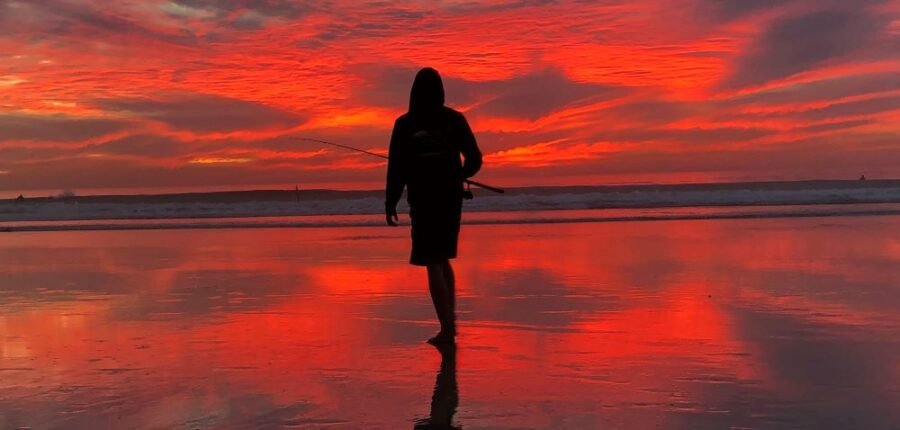
This article will overview the best time for surf fishing, along with the best tides and other conditions. The goal here is to get you ready to plan a session on your own. For many anglers, surf fishing wasn’t the first style they learned and for more, it’s still a world of unknowns. If that sounds like you, then get ready for a life-changing experience and be prepared for surf fishing to be your new “number one”. So, without further ado, “The Best Times and Tides for Surf Fishing”.
Whether you’re coming from a bass fishing background or a trout fishing background, fly fishing, or whatever else, surf fishing is a different animal. There’s a lot to look at in terms of conditions and planning, so here’s a detailed write-up on how I plan my sessions whether I’m running my guided fishing sessions or just fishing for myself.
In this article, I’ll cover the following:
- Common Theories
- Planning/Conditions to Look For
- Gear and Tackle
If you’re brand new to surf fishing, click the link for a more in depth tutorial on How To Go Surf Fishing.
Overviewing Common Surf Fishing Theories
If you’ve read up on surf fishing and planning for a session or even researched what the best conditions are, you’ve likely heard the following (or something similar).
- Fish the incoming tide.
- Arrive at low tide to scope out the beach and look for exposed structure so you can fish it later when it’s submerged.
- The best time to go surf fishing is (from) two hours before a high tide until an hour after high tide.
None of these are bad ideas. Quite honestly, they all stem from really good ideas with solid reasoning. Fishing the incoming tide through high tide is a good idea because, at low tide (especially during the summertime), sand crabs and other bait-critters might be out of reach from fish as they’re burrowed under dry sand above the water-line. This might cause fish to stop feeding and wait for high tide. Similarly, the bait that’s still in the water will be helped closer to shore by the rising tide as well.
Arriving at low tide is a cool idea and it’s a really good way to see structure that might be fishable later. Realistically though, not everyone has the time to show up at low tide and either come back or stay for however long it takes to be submerged again. If you do have the time just once or twice, I recommend trying it as it’ll help you learn how to read the surf. Even better, show up at high tide and fish through low tide. This should help a lot with learning how to read the surf as it’s kind of like taking a test and then seeing all the answers afterward.
Best Time for Surf Fishing
When is the best time to go surf fishing? I absolutely love this question! Have you ever heard the saying, “The best time to go fishing is whenever you have the time.”? Few people have the flexibility in their schedule to fish on only days with overall great conditions.
But, to be frank, the best times to go surf fishing are early morning (at the crack of dawn) and sunset (from an hour before sunset until last light).
Now, granted there are some days when it simply isn’t a good idea to go surf fishing. For instance, every once in a while, we’ll have a big storm roll through that’ll heavily affect the surf. Sometimes, the surf is over 8 feet! That’s just something you should stay away from.
This leads to another important point that is worth mentioning. With all things, safety first. High tides and high surf are just a couple of things to keep in mind. More than half the time I spend on the sand, lifeguards are NOT present. They get on around 9:30 am and usually leave just before 7 pm. For that reason, come prepared with a first aid kit. My preference is Surviveware’s Waterproof First Aid Kit. For more on that, watch this video review. It’s pretty incredible how they organized everything into this kit.
Best Conditions for Surf Fishing
In general, the best conditions for surf fishing are:
- Low surf
- Corresponding water temp to peak season
- Low wind
- Corresponding tides to your selected beach’s ideals
- Zero seaweed
- Minimal current
- Fairly clear waters
- Not too cold or hot out
Factors that are most important:
- Surf height (predictable)
- Tidal data (predictable)
- Seaweed (unpredictable)
- Current-strength (unpredictable
To better break down fishing to the conditions, I’m going to walk you through exactly how I plan a surf fishing session:
Surf Height
So, for surf height, generally, Magicseaweed will predict slightly lower than Surfline will, and usually, the actual outcome is somewhere in the middle. So, if I see a drastic difference in surf height between one day and the other, that will push me in the direction of the day with lower surf heights. If I only have one day to choose from, I’d lean towards the beach or beaches with lower surf height(s). I took the time to write an entire article on surf height and how waves affect surf fishing.
Best Tides for Surf Fishing
With tidal data, if a rising tide is an option, that’s nice, but I’ll actually pay more attention to the tidal height rather than phases. By this, I mean that I know of a few beaches that have permanent structure (rocks, reefs, jetties, piers, etc.) that are known to hold fish at certain tidal heights (rising or falling). That said, high tide isn’t always the best tide for surf fishing. It’s location and condition dependent.
In the same manner, if I’ve fished a sandy beach in the last couple days which I know to have really nice structure (troughs, scallops, holes, etc.), I’ll fish it again if the tidal heights align to submerge that structure within casting range.
Sandy beaches are very versatile too. With sandy beaches, you can rely on reading the surf as structure can change weekly if not daily. That said, you can show up at any tidal height if you’re confident you can find a good spot with good structure. If you haven’t caught on by now, tides are more than just “rising and falling”, I fish the tides according to the structure more than to the actual directional phase.
How To Plan a Surf Fishing Session
Depending on client preferences, my options become more limited, but when fishing for myself, I purely fish to the conditions. So what do I mean by “fishing to the conditions”?
If I’m fishing with clients, they select the date and time, I select the beach. If I’m fishing for myself, I usually only have one or two days to choose from. In both situations, I have limited control over selecting times, days and even tides that might be overall better than others. That doesn’t bother me much though. That’s because with surf fishing, we have so many beaches to choose from. It’s important to get to know your local beaches and best fishing spots and understand what each has to offer at each given set of tidal heights and phases.
Say I have two days to choose from. The first two things I’ll look at are the tidal data and surf predictions. I use magicseaweed.com and surfline.com to plan my sessions. I don’t like tides4fishing as I don’t like the format and I don’t think it’s very accurate.
Other Conditions
Those were the two big factors. If no other condition-sets display any red flags, the tides and surf height can usually determine which beach or which day I select to fish. Wind, precipitation, air temp, water temp (in correlation to season) and water quality can play a role if one or multiple factors are way out of line. For example, crazy winds (above 15 mph), storms, severe air temp, and water quality (not being labeled clean) can all have an impact.
Seaweed and Current: The Unpredictables
These condition-sets are the two factors that can ruin a session no matter how perfect the rest of the conditions are. It absolutely sucks to show up to a well-planned session only to cast into a forest of kelp. Same for casting into a ripping current that doesn’t allow your bait to soak for more than a couple of seconds. In combination, these factors can kill a session.
What to Bring: Gear and Tackle Etc.
With the planning out of the way, let’s cover what to bring. For a list of essential surf fishing gear and tackle, head on over to the linked article. For just the rod, reel, and terminal tackle, continue reading below.
If you haven’t already, take a look at my exact set-up and why I use what I use for surf fishing. In reading the linked page, you’ll have covered rods, reels, line, swivels, weights, hooks, and all the little details of my shark set up too. Next, you’ll need to bring some other surf fishing essentials. Here’s the run-down of what I bring for light tackle session:
- Rod: Okuma Celilo (8’6″ MA) or the Okuma SST (8’6″ MA)
- Reel: Penn Battle II or III 4000 series
- Mainline: 15-pound monofilament
- For Bait: Carolina Rig:
- Leader Line: 15-pound fluorocarbon
- Swivels: 15-19mm barrel swivels
- Hooks: size #2 or #4 owner mosquito hooks
- Weights: 1-oz egg weight
- Beads: 8mm fishing beads
- For Lures: Lucky Craft FM 110 and Shimano WM 115 SP
- Other best surf fishing rods and best surf fishing reels
- Fishing Bag (rod strap and lots of storage)
- Bait (artificials just in case… Fishbites)
- Water Bottle (for drinking and spraying sand off gear)
- Sunscreen
- Polarized Sunglasses (buy a case at the dollar store)
- Fishing License (with any additional necessary stamps)
- Towel (if setting up a spot on the sand)
- Sifter for sand crabs (dollar store)
- Headlamp
- Snacks
- Hat
- Plyers (best pliers I’ve ever owned)
- Hoodie
- Waterproof First Aid Kit
- Rod holders (sharking only)
- Fillet Knife
- UPF Face Shield
More on Rods and Reels
Rods and reels are likely where you’ll put the most money, so it’s worth it to learn a bit more about them. Here’s my article on the best surf fishing rods. It will break down what specs you should lean toward and what they all mean and why they’re a good fit for surf fishing.
Here’s my article on the best reels for surf fishing. I provide the same info in this article and if you have any questions or need any advice, feel free to use the contact us page and send me a message.
Best Time of Year for Surf Fishing
This varies highly depending on which coast you’re fishing. Here in Southern California, summertime is easily the best time for surf fishing. Here’s a chart showing peak seasons for our common species.
| Species | Peak Season | General Season |
| California Corbina | Jun-Aug | May-Oct |
| Yellowfin Croaker | Jun-Aug | Apr-Oct |
| Spotfin Croaker | Jun-Aug | May-Oct |
| Barred Surf Perch | Nov-Apr | Year Round |
| Walleye Surf Perch | Nov-Apr | Year Round |
| Shovelnose Guitar Fish | Jun-Aug | May-Oct |
| Sting Ray | Jun-Aug | Year Round |
| Bat Ray | Jun-Aug | Year Round |
| Leopard Shark | May-Aug | Apr-Oct |
| California Halibut | Jan-May | Year Round |
| Soupfin Shark | Mar-Jul | Year Round |
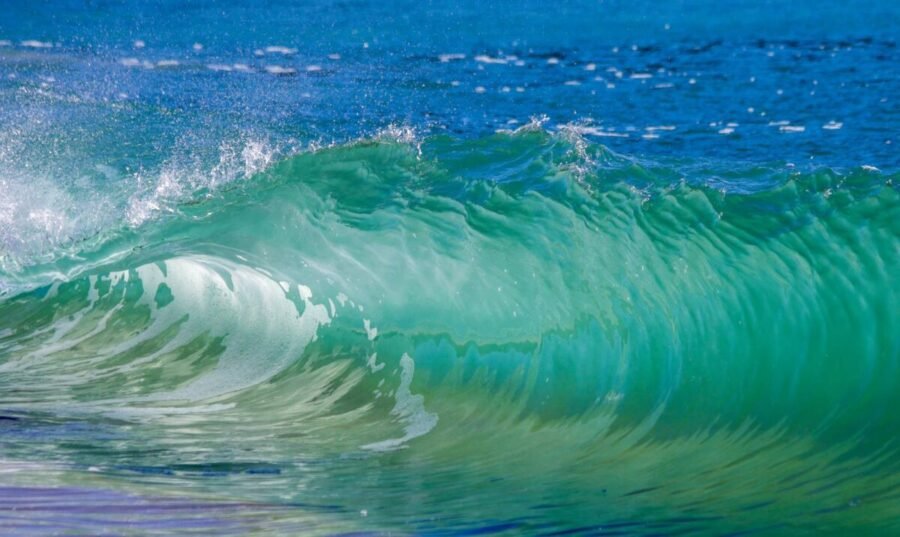
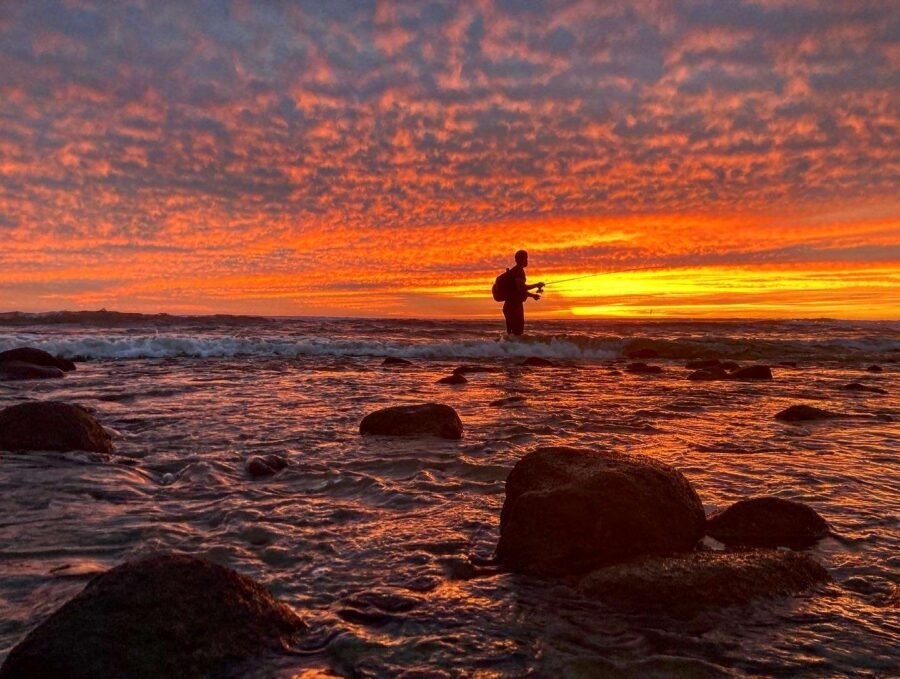
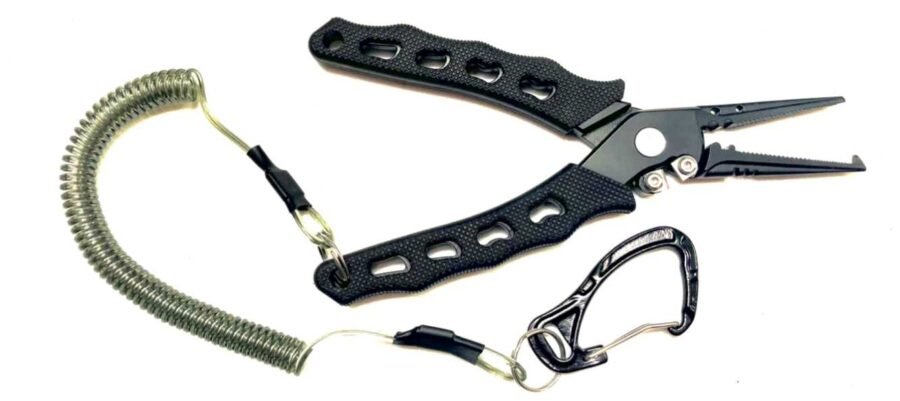
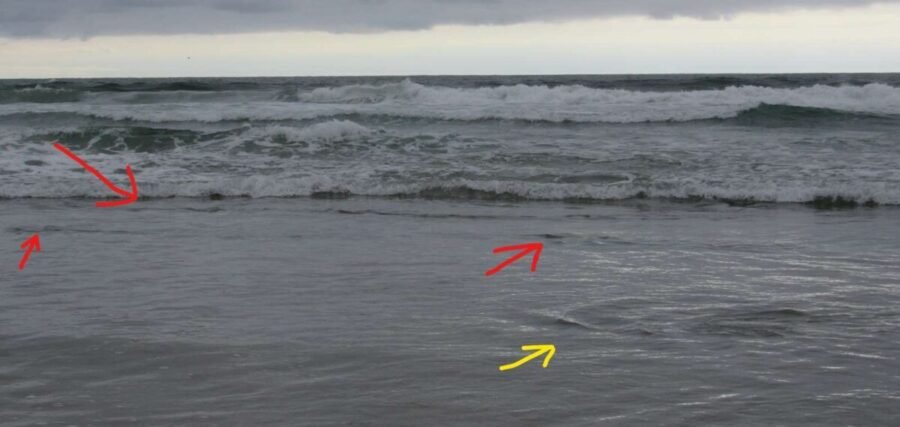
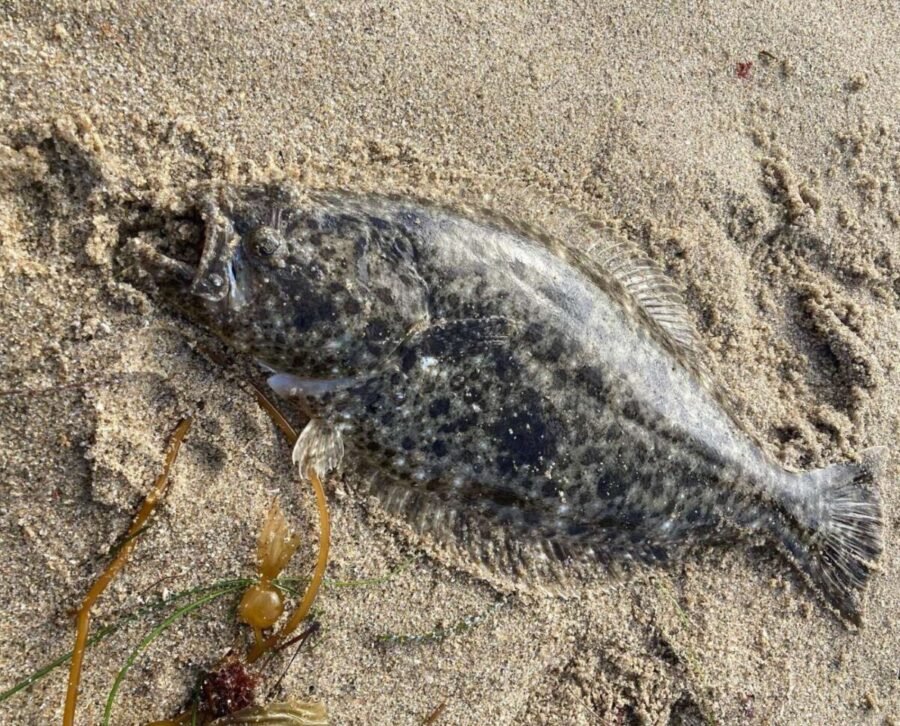
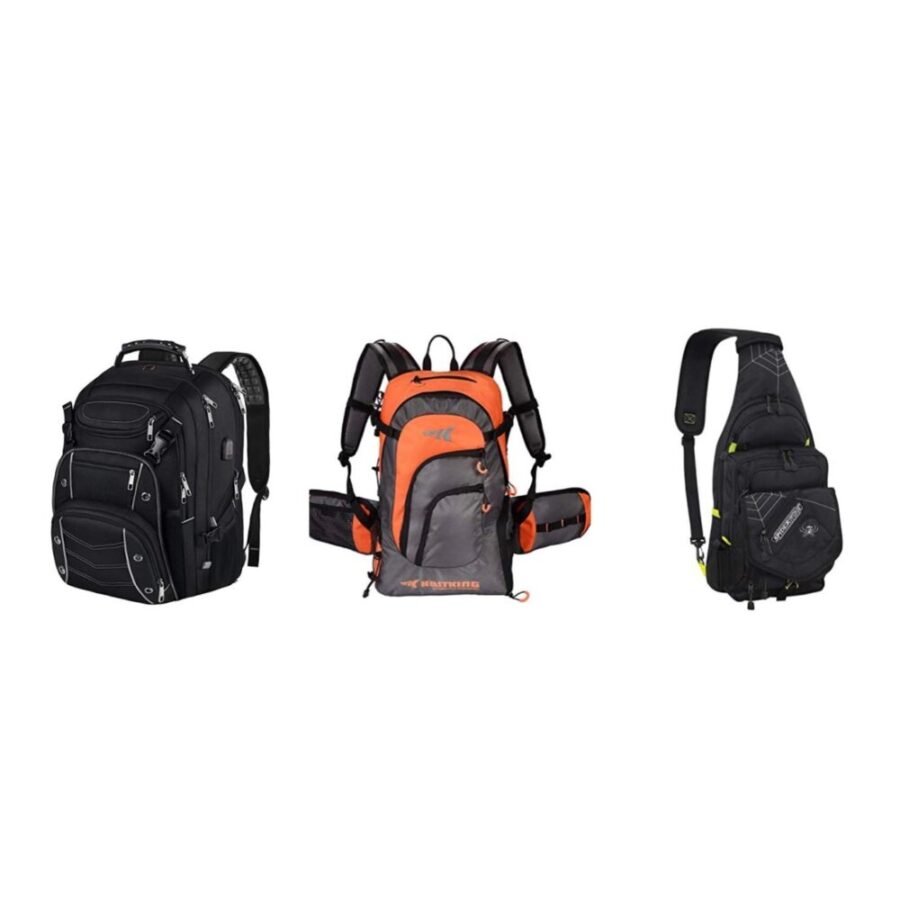
Happy 4th of july nick, enjoy your freedom my friend…
I agree on the best times to go fishing is sunrise and sunset…
Have a great week and we will see you on Thursday..✌
Happy Independence Day to you too, Richard! Can’t wait to meet you. We’ll be in touch.
Great article, I love all of your content. What about the middle of the day? Frequently the “ideal” conditions are at 1 pm. Aside from crowds, is fishing in the middle of the day even an option? Thanks
Thanks, Doug! The middle of the day is absolutely an option. Especially during the winter months, sometimes I prefer the middle of the day as I think the warmth may activate feeding. Sunset and dawn are just the “beat times” I think for the most part. Middle of the day can also be great
Hi Nick, wouldn’t you say that Spotfin peak season begins in June? My experience is the bite is on throughout month of June with Corbina coming later. That is based on last 2 years. I found the overall bite picked up dramatically in last 10 days.
Hey mark, the Spotfin bite, in my opinion, has been above average and early in the last two years. Usually, they arrive in July, Corbina are June, and yellows are earlier than both of them no matter when if not always